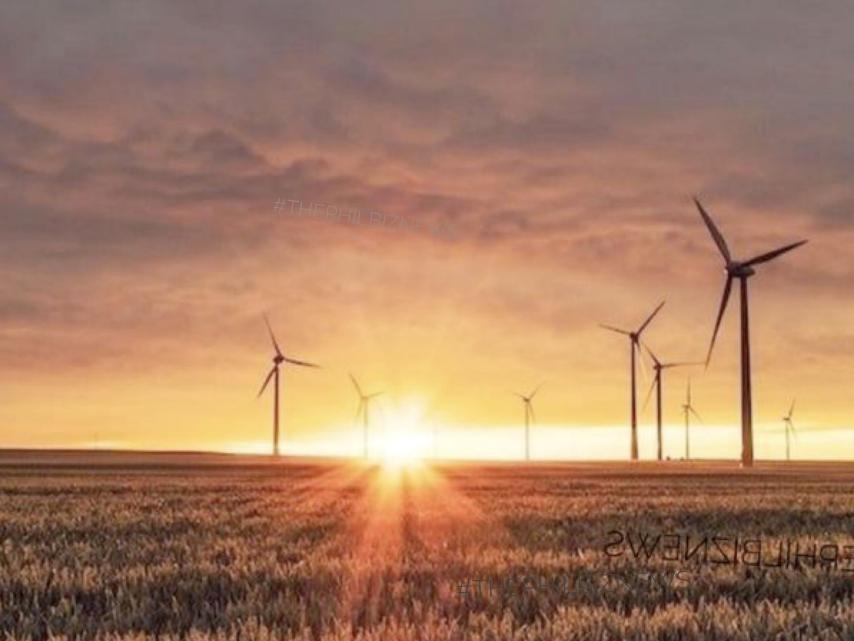Stakeholders have sounded an urgent call to current and future administrations to address the power supply shortage and high electricity rates, saying energy security is key to pandemic recovery and the sustainable economic growth of the Philippines.
Dindo Manhit, president of Stratbase ADR Institute, in an energy security webinar urged the next government to put energy security among the top items of the development agenda.
He noted that as quarantine restrictions ease and the economy gradually reopens, power demand is once again shooting up, but the existing plants’ current capacity is not enough to meet the sustained growing demand, especially in Luzon, which accounts for about 70% of the country’s gross domestic product (GDP).
On May 28, Luzon’s energy demand reached 11,640 megawatts (MW), the highest on record for this year. The high demand was followed by the grid being placed on red and yellow alerts due to the unplanned shutdown of several power plants during the summer months.
“If unplanned outages continue to occur, then economic activities that are vital to the country’s already strained economy will be impeded,” Manhit said.
He pointed out that a stable power supply and a modern electricity supply system are important to improve the country’s business climate, attract foreign investment, and create more jobs in order to accelerate the revival of the Philippine economy.
Senator Sherwin Gatchalian, chair of the Senate committee on energy, noted that electricity prices in the country are above the global average and even rival those in developed nations, even though supply remains unstable.
Data shows that 66,937 MW of total additional capacity will be needed from 2021 to 2040 so as to avoid the numerous red alerts and brownouts that have plagued the country since 2016, he said.
Looking ahead, the lawmaker said that with 2022 being an election year, “we need to ensure there is sufficient supply of electricity to ensure that votes will be counted properly. During election time, we will experience red alerts and brownouts if we do not get the new plants online.”
Ernesto Pantangco, chair of the Management Association of the Philippines’ energy committee, agreed that the power supply situation will be very critical in the summer of 2022.
This is due to several issues, including the reliability of supply from existing power plants, the delayed upgrades of transmission lines, and the decline of the share of renewables in the power supply mix. On top of all these is the ongoing spike in fuel prices.
He said the solution comes not only in trying to increase supply but also in managing demand. “This comes in the form of energy efficiency, studies to lower the energy consumption of industries, shifting operations from peak to off-peak hours, availing of time-of-use tariffs, [and] insulation of rooftop solar powers to assist in peak load production,” he added.
Meanwhile, Jose Alejandro, adviser for energy and power and chair of utilities at the Philippine Chamber of Commerce and Industry, said domestic power rates have been significantly higher by 25% to 87% than those of neighbors and competitors in the ASEAN.
Yet, he observed that the urgency of the energy issue “continues to escape full attention” of administrations both past and present. He urged the government to turn the energy security issue from “a minus mark to an effective instrument for economic growth.”
Likewise, Meneleo Carlos Jr., chairman emeritus of the Federation of Philippine Industries, Inc., pressed the government to partner with the private sector and provide incentives to enable more people and entities to participate in balancing the demand/supply gap as the country shifts to clean energy.
He also underscored the necessity of cultivating green energy sources, including solar power, to replace aging power plants and add capacities to raise people from poverty.
As an example, he said the need to provide cold storage to farmers and fishermen in far-flung areas actually offers opportunities to use solar power.
“Such social development investments should be provided all the incentives by our national and local authorities for the sustainable developments they represent,” he said.
Louie Montemar, convenor of Bantay Konsumer, Kuryente, Kalsada, said the government needs to accelerate the pace of technology adoption by developing the necessary regulatory framework, including raising the incentives for both customers and the supply chain stakeholders.
For his part, Romeo Bernardo, vice chair of the Foundation for Economic Freedom, said that while it is good to add renewable energy sources to the grid to reduce dependence on fossil fuel, it also makes energy supply more dependent on the weather.
This brings to the fore the need to pursue a balanced mix of energy sources, plan for excess capacity and storage capability in the country, and have the ability to trade energy with neighboring countries when there is a deficit or surplus in energy production, he said.
“It is important for the government to craft power generation-specific policies to stimulate industry members to build new generation capacity in order to avert possible supply gaps in the next five to 10 years,” he added, while calling on the state to promote the exploration of indigenous fuel supply and emissions-free power production technology.














